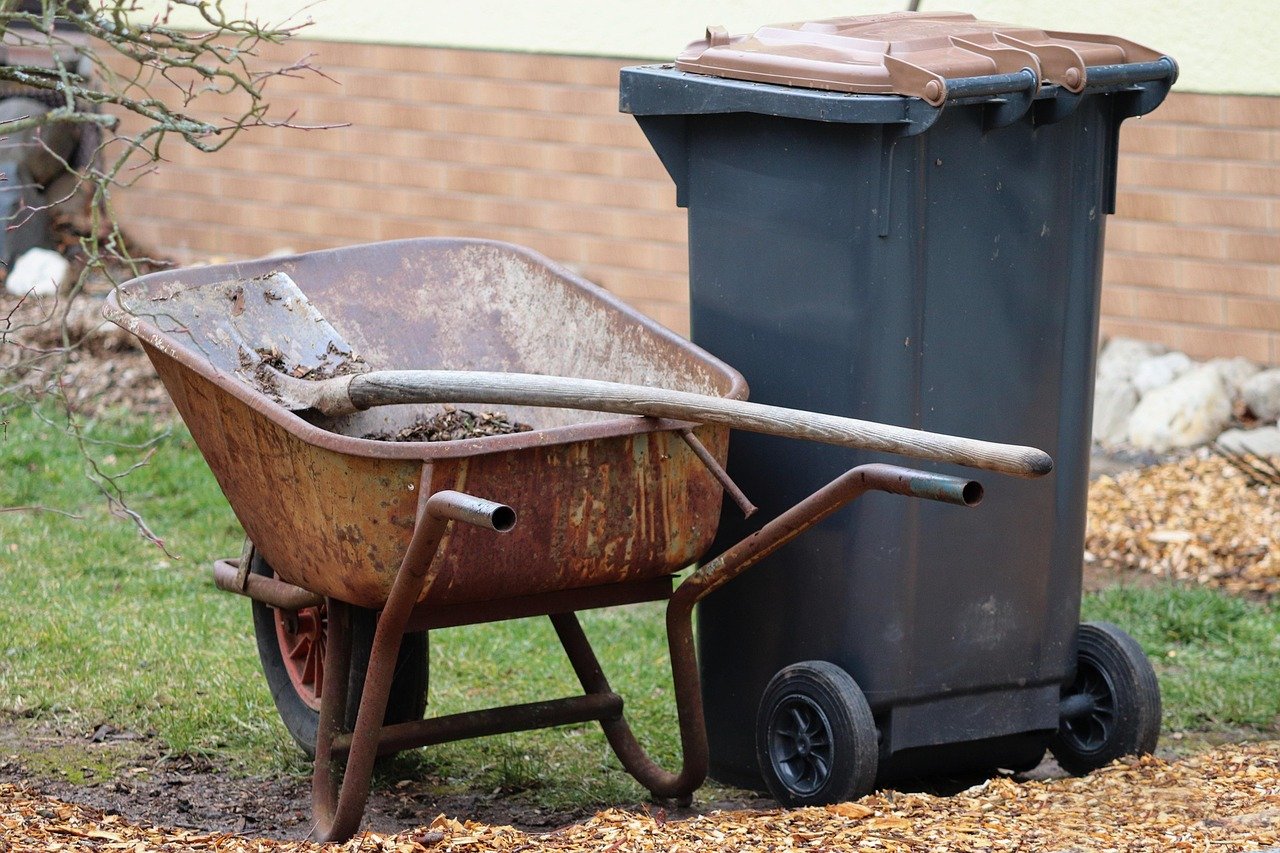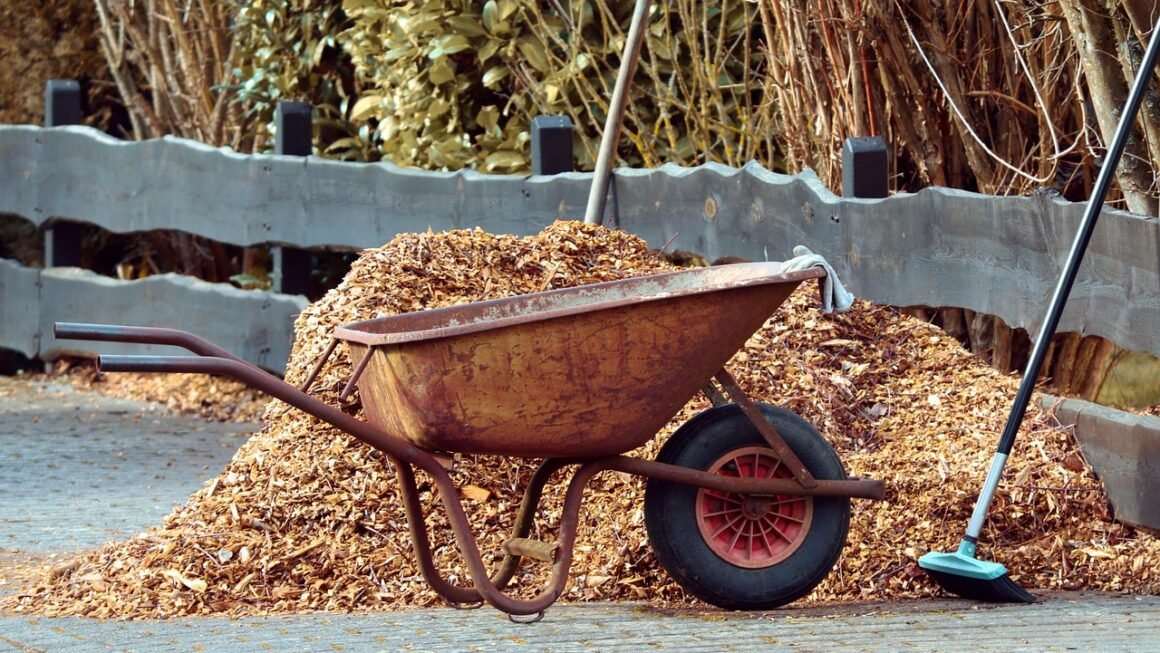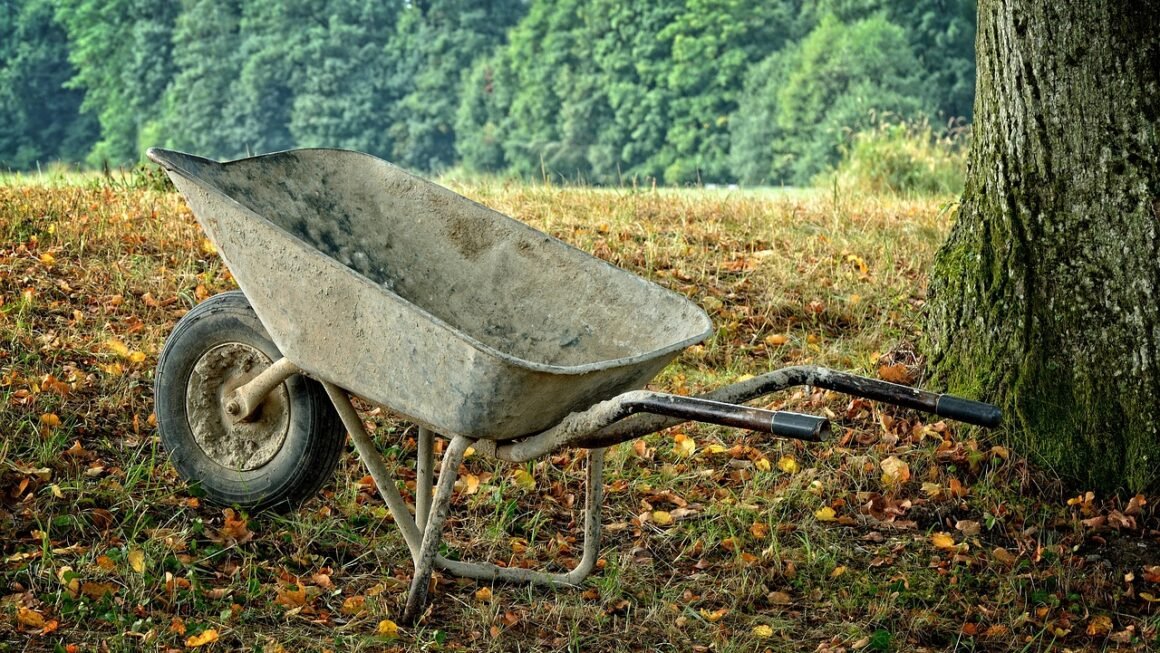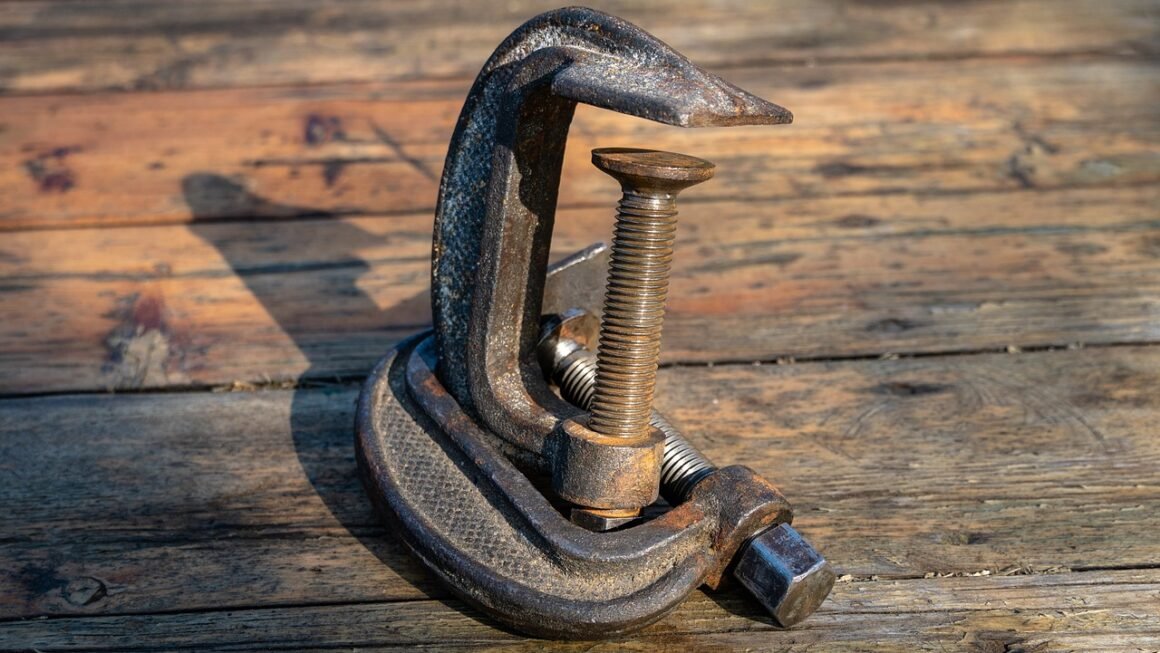Chainsaws are powerful tools that can make quick work of tasks ranging from pruning trees to felling large timber. But with numerous models and features available, selecting the right chainsaw for your needs can be daunting. This guide will provide you with a comprehensive overview of chainsaws, helping you understand their types, features, and safe operation, ensuring you make an informed purchase and use it effectively.
Understanding Chainsaw Types
Gas Chainsaws
Gas chainsaws are the workhorses of the chainsaw world, known for their power and portability. They are ideal for heavy-duty tasks and situations where access to electricity is limited.
- Pros:
High power for demanding jobs.
Completely portable and not tethered to a power outlet.
Suitable for large properties and remote locations.
- Cons:
Require mixing fuel and oil.
Typically heavier than electric models.
Produce exhaust fumes.
Require more maintenance (spark plugs, air filters).
- Example: A homeowner with several acres of wooded property who needs to regularly clear fallen trees would benefit from a gas-powered chainsaw with a 20-inch bar.
Electric Chainsaws (Corded)
Corded electric chainsaws offer a balance of power and convenience, suitable for moderate tasks near a power outlet.
- Pros:
Require no fuel mixing.
Lower maintenance than gas models.
Quiet operation.
Lighter than most gas chainsaws.
- Cons:
Limited by the length of the power cord.
Less powerful than gas models for certain heavy-duty tasks.
- Example: A homeowner maintaining a small yard with occasional pruning needs could use a corded electric chainsaw with a 16-inch bar.
Electric Chainsaws (Cordless)
Cordless electric chainsaws, powered by batteries, offer portability similar to gas models, with the convenience of electric power. Technology advances have greatly improved battery life and power output.
- Pros:
Portable and not tethered to a power outlet.
No fuel mixing required.
Lower maintenance than gas models.
Quiet operation.
- Cons:
Limited run time based on battery capacity.
Battery life can decrease over time.
Typically more expensive than corded models.
- Example: A homeowner performing tasks around a medium-sized property without easy access to power outlets might choose a cordless chainsaw with a 18-inch bar and multiple battery packs.
Key Chainsaw Features and Specifications
Bar Length
The bar length determines the maximum diameter of wood the chainsaw can cut. Choose a bar length that suits the typical tasks you will be performing.
- 10-14 inches: Ideal for light pruning and small branches.
- 16-18 inches: Suitable for general yard work and medium-sized trees.
- 20+ inches: Designed for felling large trees and heavy-duty tasks.
- Tip: Avoid using a longer bar than necessary, as it can increase the risk of kickback.
Engine/Motor Size
The engine or motor size dictates the power output of the chainsaw. Gas chainsaws are measured in cubic centimeters (cc), while electric chainsaws are measured in amps (A) or volts (V).
- Gas Chainsaws:
30-40 cc: Light to medium duty tasks
40-50 cc: Medium to heavy duty tasks
50+ cc: Heavy duty and professional use
- Electric Chainsaws:
Corded: 8-15 amps, higher amp ratings are typically more powerful.
Cordless: Voltage is a key indicator (e.g., 40V, 60V, 80V). Higher voltage generally indicates more power.
Safety Features
Safety features are critical for safe chainsaw operation. Look for models with:
- Chain Brake: Stops the chain immediately in case of kickback.
- Hand Guard: Protects the operator’s hand from flying debris.
- Anti-Vibration System: Reduces fatigue and improves control.
- Throttle Lockout: Prevents accidental throttle engagement.
- Always wear appropriate safety gear, including a helmet with face shield, hearing protection, chainsaw chaps, gloves, and sturdy boots.
Automatic Chain Oiler
An automatic chain oiler keeps the chain lubricated, reducing friction and extending the life of both the chain and bar. Check the oil level frequently and use the manufacturer’s recommended chain oil. Insufficient chain oil will cause premature wear of the chain and bar and may even cause the chain to break.
Chainsaw Maintenance and Care
Chain Sharpening
A sharp chain is essential for efficient and safe cutting. Dull chains require more force, increasing the risk of kickback and operator fatigue. Sharpen the chain regularly using a chainsaw file or a chain grinder.
- Signs of a dull chain:
Sawdust instead of wood chips.
The saw bouncing instead of cutting smoothly.
Excessive smoke during cutting.
- Tip: Using a chainsaw sharpening kit with a depth gauge and file guide will ensure consistent sharpening.
Cleaning and Storage
Proper cleaning and storage are vital for maintaining your chainsaw’s performance and longevity.
- Cleaning: Remove sawdust and debris from the chain, bar, and engine/motor after each use.
- Storage: Store the chainsaw in a dry, secure location, away from children and pets. For gas chainsaws, it is advisable to drain the fuel or add a fuel stabilizer before storing for extended periods. Remove the battery from cordless chainsaws.
Bar and Chain Maintenance
- Bar Maintenance: Regularly inspect the bar for wear and damage. Remove burrs with a file. Periodically flip the bar to ensure even wear.
- Chain Tension: Properly tensioned chains are essential for safe operation. Refer to the manufacturer’s instructions for correct chain tension.
Safe Chainsaw Operation
Personal Protective Equipment (PPE)
Always wear appropriate PPE when operating a chainsaw. This includes:
- Helmet with Face Shield: Protects against head injuries and flying debris.
- Hearing Protection: Reduces noise exposure.
- Chainsaw Chaps: Protect legs from chain contact.
- Gloves: Improve grip and protect hands.
- Sturdy Boots: Provide ankle support and foot protection.
- According to the CDC, each year, about 36,000 people are treated in hospital emergency departments for injuries from using chain saws.
Proper Cutting Techniques
- Stance: Maintain a balanced stance with feet shoulder-width apart.
- Grip: Grip the chainsaw firmly with both hands.
- Cutting Zone: Be aware of the cutting zone and avoid cutting above shoulder height.
- Kickback Zone: Understand the kickback zone (the upper quadrant of the bar tip) and avoid using this area.
Avoiding Kickback
Kickback is a sudden, uncontrolled movement of the chainsaw that can cause serious injury.
- Prevention:
Use a chainsaw with a chain brake.
Keep the chain sharp.
Avoid pinching the chain.
Do not overreach.
Use a reduced-kickback chain.
- *Always read and understand the chainsaw’s owner’s manual before operation.
Conclusion
Choosing the right chainsaw and using it safely requires careful consideration of your needs, the chainsaw’s features, and proper maintenance practices. By understanding the different types of chainsaws, their specifications, and safety precautions, you can confidently tackle your cutting tasks while minimizing the risk of accidents. Always prioritize safety, wear appropriate PPE, and follow the manufacturer’s instructions for optimal performance and longevity of your chainsaw.




